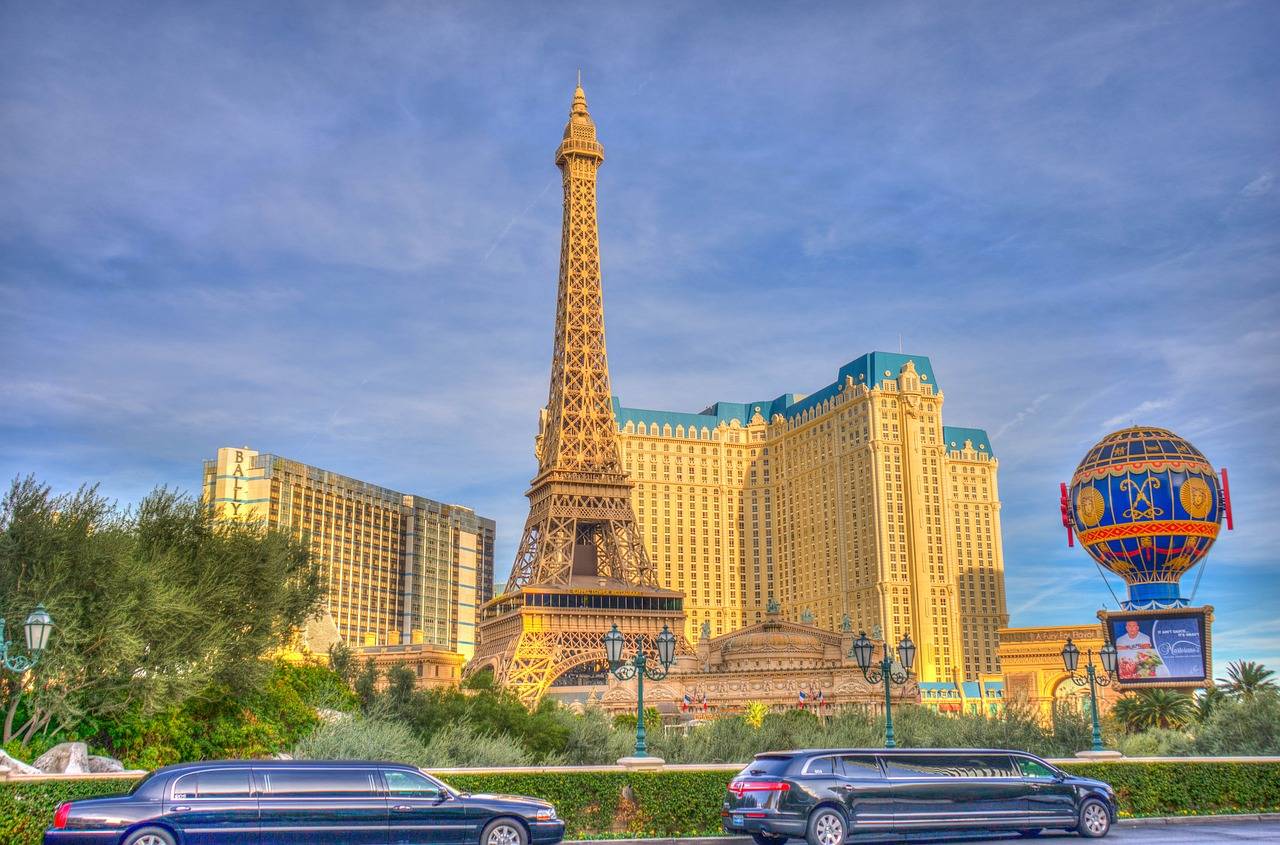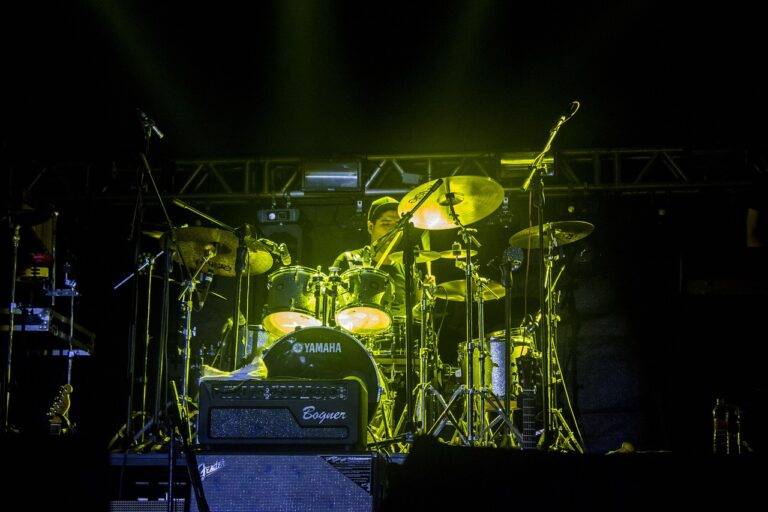The Role of Women in the Entertainment Industry: Progress and Challenges
Women have made significant contributions to the entertainment industry throughout history. Despite facing numerous challenges and obstacles, women have continued to make their mark in various aspects of the entertainment world. From the early days of Hollywood to the present, women have been at the forefront of creating memorable and impactful content across film, television, music, and theater.
Throughout the decades, women have proven themselves as talented actors, directors, producers, writers, and performers. Their roles have evolved from being solely in front of the camera to taking on key positions behind the scenes as well. Women have played vital roles in shaping the narratives and characters seen on screen, bringing diversity and fresh perspectives to the entertainment landscape.
Gender Disparities in Pay
The issue of gender disparities in pay has long plagued the entertainment industry, with female artists and performers consistently earning less than their male counterparts. Despite advancements in gender equality, unequal pay remains a prevalent problem, highlighting the systemic biases that persist within the industry. Women often find themselves undervalued and undercompensated for their work, a stark reminder of the ongoing challenges they face in achieving wage parity.
The lack of pay equity not only perpetuates gender inequality but also reinforces harmful stereotypes and biases. When female entertainers are paid less than their male counterparts, it sends a message that their contributions are somehow less valuable or deserving of compensation. This disparity not only affects individual artists but also contributes to a broader culture of undervaluing women’s work in the entertainment industry.
Breaking Stereotypes in Film and Television
In the world of film and television, breaking stereotypes has become a pivotal goal in recent years. This shift is evident in the increasing number of movies and TV shows that feature complex and multi-dimensional female characters. These characters defy traditional gender roles and challenge societal norms, paving the way for more diverse and empowering portrayals of women on screen.
Moreover, there has been a noticeable push for greater representation of underrepresented groups such as people of color, LGBTQ+ individuals, and individuals with disabilities in the entertainment industry. By showcasing a wider range of identities and experiences, filmmakers and showrunners are not only breaking stereotypes but also creating more inclusive and relatable content for audiences around the world.
What is the history of women in entertainment?
Women have been involved in entertainment for centuries, but historically they have faced limited opportunities and stereotypes in the industry.
How have gender disparities in pay affected women in film and television?
Gender disparities in pay have been a major issue in the industry, with women often being paid less than their male counterparts for the same work.
How can stereotypes be broken in film and television?
Stereotypes can be broken by creating more diverse and inclusive content, casting a wider range of actors, and hiring more women and minorities behind the scenes.





